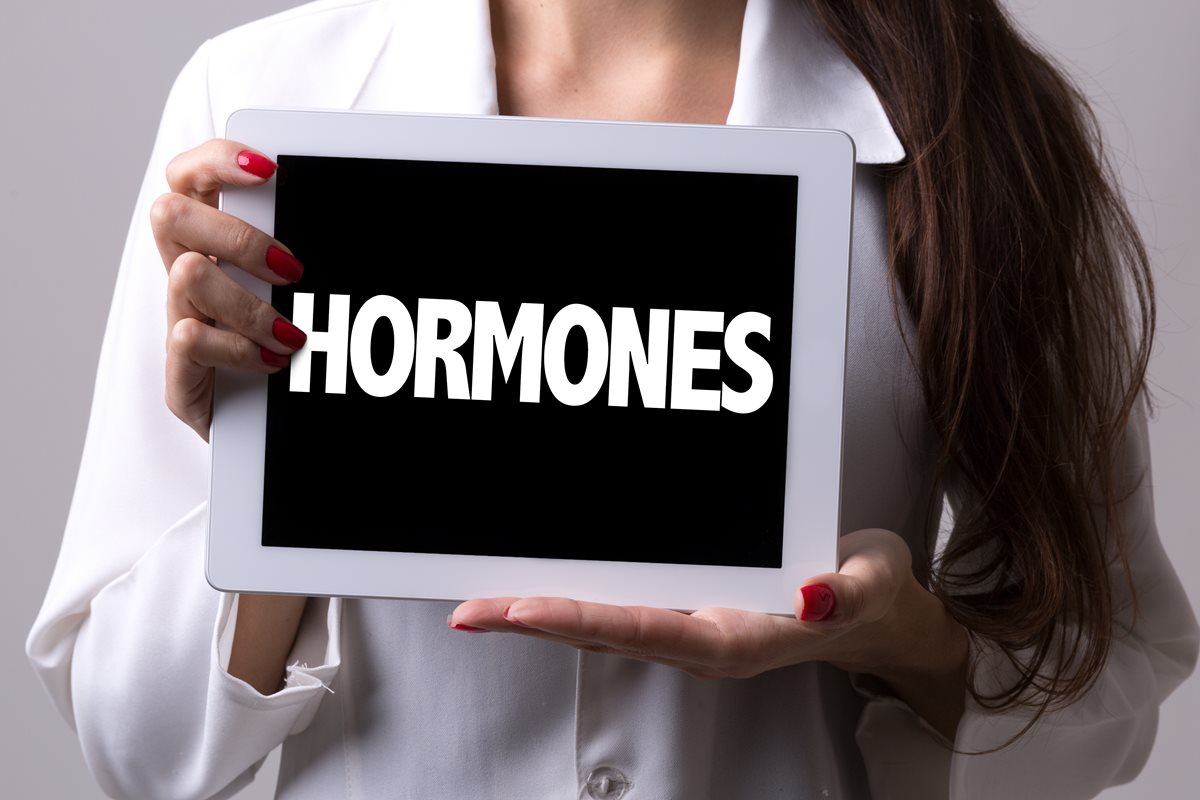An Update on Timing of Hormone Replacement Therapy
An Update on Timing of Hormone Replacement Therapy: We Have Had So Many Requests for Information on Hormone Replacement Therapy that We Felt It Necessary to Update This Topic.
Our Response: In 1968, Dr. Robert Wilson, a gynecologist in New York City, advocated in his book Feminine Forever that all menopausal women should receive hormone replacement therapy (HRT). The outrage of the feminist movement led the National Institutes of Health (NIH) to fund the Women’s Health Initiative (WHI) in 1991 to determine if HRT could safely protect women’s cardiovascular and bone health (Houck, 2003). In July 2002, the trial was prematurely canceled due to findings of a statistical increase in both breast cancer and stroke. Based on these findings and the resultant publicity, millions of women stopped their HRT, and doctors stopped prescribing HRT. As a result of this precipitous change, the majority of menopausal women have gone without HRT for more than a decade (Rossouw, 2013).
Since the WHI trial, there have been significant improvements in hormone replacement. The WHI utilized only oral conjugated estrogen (Premarin®) alone or combined with medroxyprogesterone acetate (Provera®) as Prempro®. Bioidentical estrogen in the form of estradiol and pure micronized progesterone have largely replaced these hormones now, and they are more likely to be given in skin 36 patch, cream, mist, or suppository form as a much safer vehicle to lessen liver and blood clotting effects (Cushman, 2010, and Canonico, 2014). The starting age for HRT is now the beginning of menopause (late 40s to early 50s) for the purpose of treating vasomotor symptoms (VMS) with the lowest estrogen dose. The WHI average starting age was 63 years, which generally would not be condoned now.
Currently, duration of treatment of VMS with HRT is also undergoing reevaluation. Older teaching was that VMS for the majority of menopausal women only lasts one to three years (Politi, 2008). However, in keeping with the experience of most practitioners and their menopausal patients, the recently published Study of Women’s Health Across the Nation (SWAN) provides a more protracted picture of VMS. In a group of 3,302 menopausal women from seven U.S. sites who were followed from 1996 to 2013, 1,449 had VMS with a median duration of 7.4 years. Those who experienced VMS as they entered menopause had symptoms lasting longer than 11.8 years (median) (Thurston, 2011). Some women have VMS their whole postmenopausal life (Kaunitz, 2014)!
Does treatment of VMS make a difference? Vasomotor symptoms are associated with poorer quality of life, negative moods, and sleep disorders. From subjective symptoms to objective science, recent studies now link VMS to inflammatory and hematologic indicators of increased cardiovascular risk. Women with greater than six days of hot flashes in two weeks exhibit increases in procoagulant/antifibrinolitic hematologic markers, tissue plasminogen activator (t-PA) antigen, and Factor VII, all of which demonstrate a link between vascular endothelial factors and autonomic neurogenic activity (VMS) (Dubey, 2005). Moreover, women with VMS exhibit lower bone mineral density compared to those without VMS (Crandall, 2011). Lower bone density with longer life span portends increased osteoporosis with all of its sequelae in later life. Based on these findings, it is not surprising that VMS have an impact on the economy. Data from over 500,000 Fortune 500 health insurance claims from 1999 to 2011 show that for menopausal women experiencing untreated VMS, there were 57% more indirect productivity days lost (mostly absenteeism) compared to women treated for VMS at an incremental direct yearly cost of $339,599,459 or $770 per person per year (Pinkerton, 2015, and Sarrel, 2015).
Proper management of VMS has entered a new era. Based on compounds with improved safety, newer methods of hormone delivery, and awareness of the negative impact and duration of untreated symptoms, HRT has improved the lives of many menopausal women who in the recent past were forced to endure the heatsearing effects of VMS. We can only expect further improvements in our understanding and management of this important women’s health issue in the future.
James Woods | 8/19/2021




